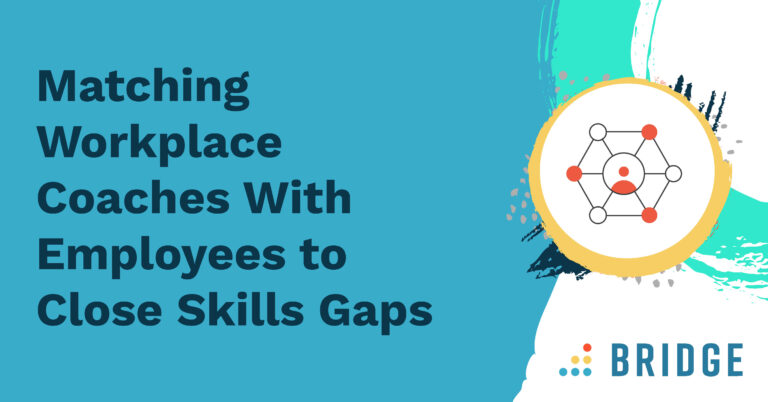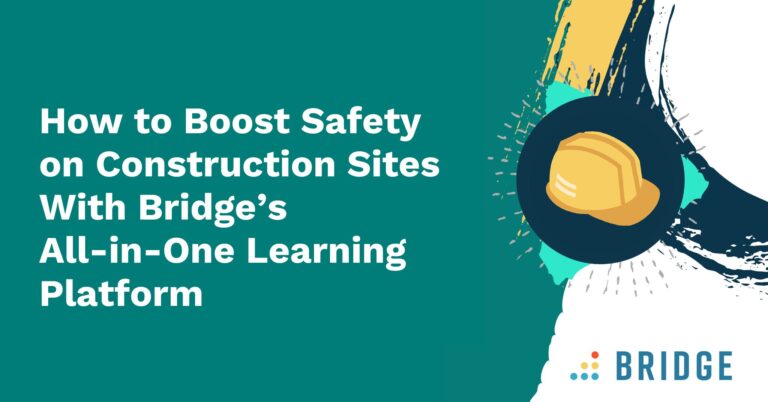While loads of employees are still in an office, the world of work is changing and, for many, employment no longer means being tied to an office desk. It’s always been this way for some, as they’ve been out in the field as salespeople or worked in remote locations such as oil rigs, and for them working away from an office has been a way of life. Since the events of 2020, however, the trend towards remote working is accelerating.
Figures show that the number of remote workers is expected to almost double pre-pandemic levels in the next five years. Patterns of work are changing—a full week in the office has become one or two days in the office combined with working from home the rest of the week. The hybrid workplace has become the new normal and this means that the learning opportunities you offer must adapt.
Successful Strategies for the New Age of Hybrid Learning
When employees were in a centralized location, it was easier for some to schedule learning opportunities, offer feedback, and provide support. In this new age of hybrid and remote working, however, your employees are distant, often not in regular contact, and on their own schedules. If your business spans the globe, your employees might not even be in the same time zones!
This means that your learning opportunities have to offer the flexibility that your employees need.
How to Effectively Deliver Learning In Hybrid Environments
Your learning and development strategy can no longer take a one-size-fits-all approach and must factor in different circumstances. Employees who don’t have fixed schedules and have to fit in learning on the go may benefit from microlearning. On the other hand, employees who are permanently on the move might prefer audio presentations to the written word. In other words, your L&D offerings need to be as varied as your employees.
To deliver an L&D strategy that supports workers in both a remote and physical setting, here are four things to consider:
1. Make Training Accessible Offline
For those working in the field, a stable internet connection isn’t always guaranteed. This means that making the time for regular learning can be tricky. Investing in an offline learning platform affords your employees greater flexibility and means they can undertake learning from wherever they are—whether that’s in the office, at home, or on the go!
2. Support Social Learning and Collaboration
Feelings of isolation can be a developing issue with workers who’re settling into their new, remote roles. No longer being part of a close-knit office environment means that training could seem more difficult and less purposeful. If you can no longer chat to coworkers about something you’ve both just learned, there’s no chance to share your thoughts and get different perspectives.
To prevent this, you need to offer channels of communication for your employees—such as video role-playing or checkpoints—to compare progress to other learners. Not only will this stop learning from becoming boring, but it also offers an opportunity for your people to feel connected to each other.
3. Equip Your Managers
Encourage your managers to check in with their hybrid and remote-based workers often, as they may feel that they lose the sense of connection that your office-based employees enjoy. Regular one-on-ones offer direction, support, and a chance to talk about any issues or concerns they may have.
Make sure managers are scheduling time to discuss employees’ L&D needs as part of the one-to-one process. Where they want to go in their career and the skills they want to learn are important to ensure that they’re completing training that’s relevant to their needs and will benefit them in the long term.
4. Be Adaptable to Their Needs
Your people’s learning needs are diverse and your learning needs to be equally adaptable. A great way to do this is to use a content authoring tool that gives you this adaptability. And if your eLearning courses are cloud-based, so much the better! Courses can be updated in the cloud, distribution becomes simple, and collaboration is easy. Your workforce can be up to date with your latest content straight away no matter where they are.
How Can Bridge Help?
Bridge’s Learning Management System LMS helps organizations to support their teams wherever they are.
Whether you need to create onboarding programs, or simply deliver compliance training for different teams and departments, Bridge has everything you need to craft learning experiences tailored to your organizations’ specific needs.
Find out more and get a Bridge demo



